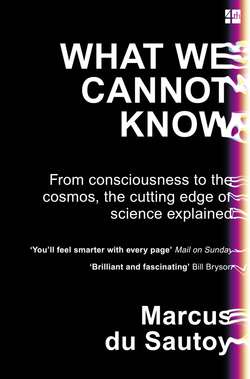Читать книгу What We Cannot Know: Explorations at the Edge of Knowledge - Marcus Sautoy du - Страница 53
4
ОглавлениеEverything we call real is made of things that cannot be regarded as real.
Niels Bohr
At the end of the 1920s it seemed as if the basic building blocks of matter had been tracked down. The atoms of the periodic table could all be built by taking combinations of electrons, protons and neutrons. The electron has withstood any attempts to divide it further. But revelations over the next decades would lead scientists to believe that there was another layer of reality hiding below the other two building blocks.
The principal reason for the realization that protons and neutrons might not be as indivisible as the electron came not from more sophisticated technology but from the mathematics of symmetry. It is striking that time and again mathematics appears to be the best microscope we have to look inside my casino dice. A mathematical model began to emerge to explain the proton and the neutron, and it was built on a mathematical concept that could be divided. If the mathematics came apart into smaller pieces, the feeling was that the same should apply to the proton and the neutron.
The mathematical model responsible for this belief in the divisibility of the proton and neutron arose because physicists discovered that there were a lot more particles out there than just the three believed to be the constituents of stable atoms.
The discovery of these new particles was a result of collider experiments. Not human-constructed colliders like the LHC, but naturally occurring collisions that happen in the upper atmosphere when cosmic rays strike the atmosphere.
